

When it comes to choosing a color scheme for your apartment, there are plenty of elements to take into account. Natural lighting, artificial lighting, space, and even the mood you want to convey are just a few elements to consider when finding the right colors for your home. Designing a small space can be challenging enough as it is, but figuring out the general color theme? That's a huge ask. If you don't want to stick with the plain gray walls or beige accents your rental came with — you've got options to spice things up.
Whether you’re planning on painting your interiors or picking more temporary solutions (for instance, renters can add peel-and-stick wallpaper or change window treatments), making a game plan for the right colors in your home can allow you to get the most out of your decorating.
Get the right information about color palettes
One of the problems Susan Grant, the owner, designer, and color consultant at Color Envy Design, finds when talking with new clients is that they start with bad color information from the internet. “Most of my paint color clients have already made a bunch of ‘paint color mistakes’ by the time they call me,” Grant explains. “When you look up a color on the internet, all those descriptions are subjective opinions and there is no way to prove that you will see it the same way.”
This is where Grant’s expertise can help. For her, finding the right colors is almost a scientific process. “I use a fact-based, data-driven approach to paint color,” Grant says, “so I understand how paint color really works. This takes all the stressing and guessing out of the process for my clients.” For those looking to get the right information, Grant’s Instagram is dedicated in part to buss some of those color misconceptions found online. Not relying on written descriptions or seeking only reputable information can help you avoid making these bad color decisions. Not to mention, the wrong color can make an apartment feel smaller.
Make it personal
When Grant guides clients through selecting colors, she takes into account how each hue and shade can influence your emotions. “Color absolutely affects mood,” says Grant. “Color is so personal, so it’s more about how each color makes the client feel as opposed to going by the book.” Rather than focusing on whether a color scheme is trendy or will photograph well, try visiting stores to see which colors affect your mood and give you joy.
Take a scroll through your social feeds or inspiration boards, too. What palettes do you usually find yourself gravitating toward? “Some people need ‘high visual stimulation’ whereas other people, like myself, love soft muted colors on main walls,” she says. By knowing the colors you are drawn to, you can have a better sense of what to look for. If you have a stylish accent chair, gem-toned couch, or another bright item of furniture that you adore, it's worth trying to work around that, too.
Think about the other colors in your space
For Grant, the process begins with analyzing these elements in place. “The best advice is to first narrow down colors for your hard finishes like flooring, tile, countertops, etc., which makes it so much easier to choose the rest of your color scheme,” Grant explains. “Clients show me inspiration photos, and everything they love and wish to keep in the space." She then works from there, noting what tones are present (and might have to stay there, too).
For renters, temporary solutions, such as putting up peel-and-stick wallpapers, changing window treatments, swapping out your bedding, or switching up your decor and throw pillows can have a big effect on a space’s feel. However, many times renters don’t have a say in the bigger areas of their home, such as flooring type or furnishings. Instead of bringing more attention to the elements of your home you didn’t choose, finding complementary colors can help bring out the elements you actually like. Gathering samples and bringing them into your space can help you put a game plan in place of finding your color tones.
Draft up a plan before you begin
“What it really comes down to is first having a plan,” Grant says. Even if you choose a color you're obsessed with, you don't want to overwhelm your space with it before analyzing the entire area first. “Just because someone loves sunflower yellow, doesn’t mean they will love it all over,” she says. When it comes to finding the right color for the walls, it’s even more important to wait until you’ve figured out a color scheme you want to incorporate.
For those who need more help, color consultants like Grant can help transform your space and avoid mistakes. Whether you discover for yourself what color schemes work or seek the advice of professionals, the important thing is that you’ve found what works for both your space and yourself. “The most important thing I always tell my clients is that you have to love it!"
Join our newsletter
Get small space home decor ideas, celeb inspiration, DIY tips and more, straight to your inbox!

Hello! I’m Kate Santos, a writer and photographer based in Los Angeles. In the design world, I got my start working as an Editorial Intern for Dwell magazine in San Francisco. Since then, I’ve written about design and architecture in many national magazines and online publications, including Playboy, Hunker, and The Culture Trip.
I grew up in a very old house in North Carolina and am still influenced by the rustic, charming, antique and aged elements of a home. Sustainability and longevity is extremely important to me and I believe learning to reuse materials or purchasing items you’ll love forever goes a long way. I also lean towards the Japanese philosophy of wabi-sabi when designing my own home, embracing the perfectly imperfect items I can find.
-
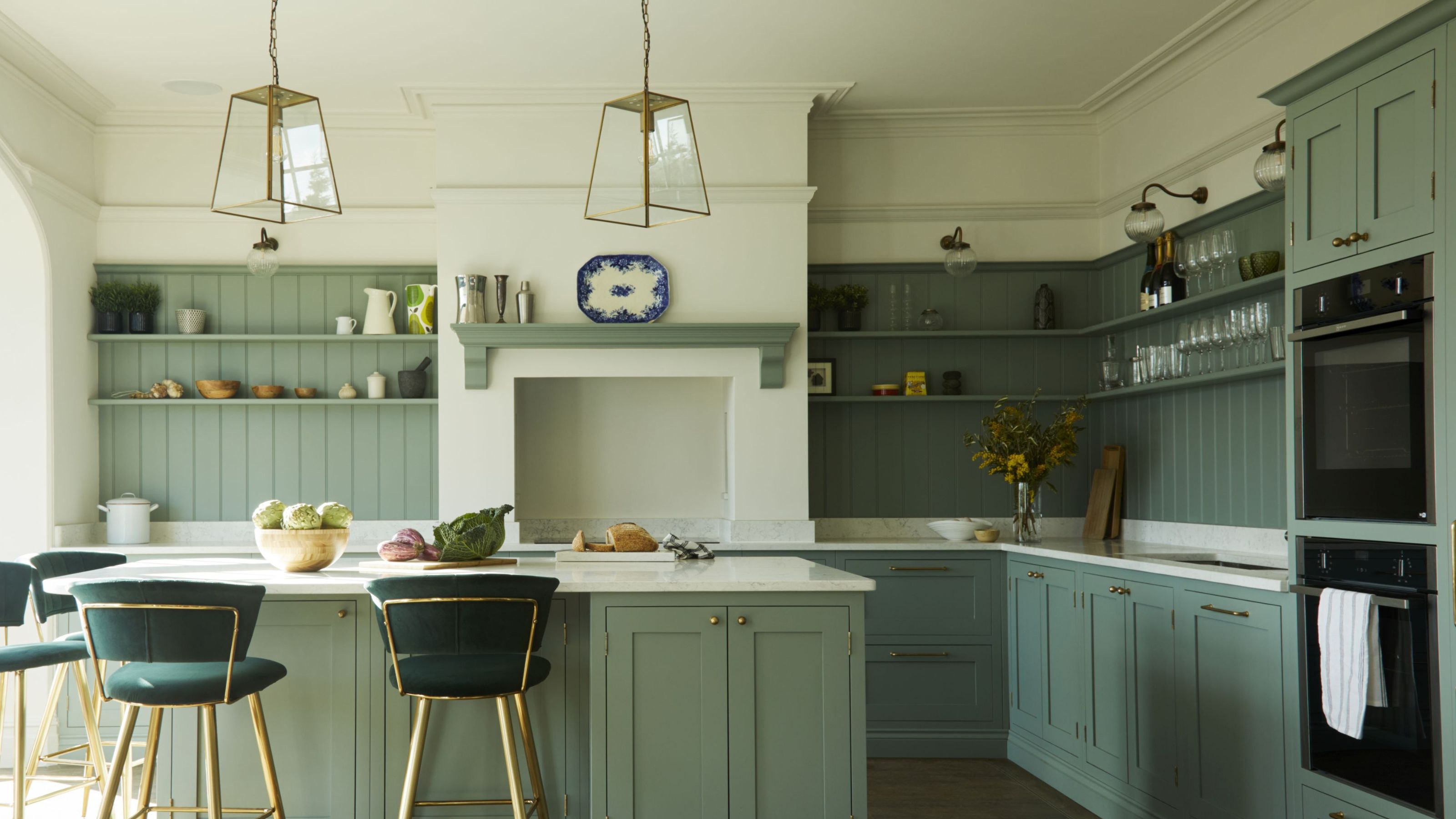 36 gorgeous kitchen island ideas that you and your guests will love
36 gorgeous kitchen island ideas that you and your guests will loveLooking for kitchen island ideas that will make your space both beautiful and functional? We've asked the pros for their favorite tricks, tips, and advice
By Eve Smallman Last updated
-
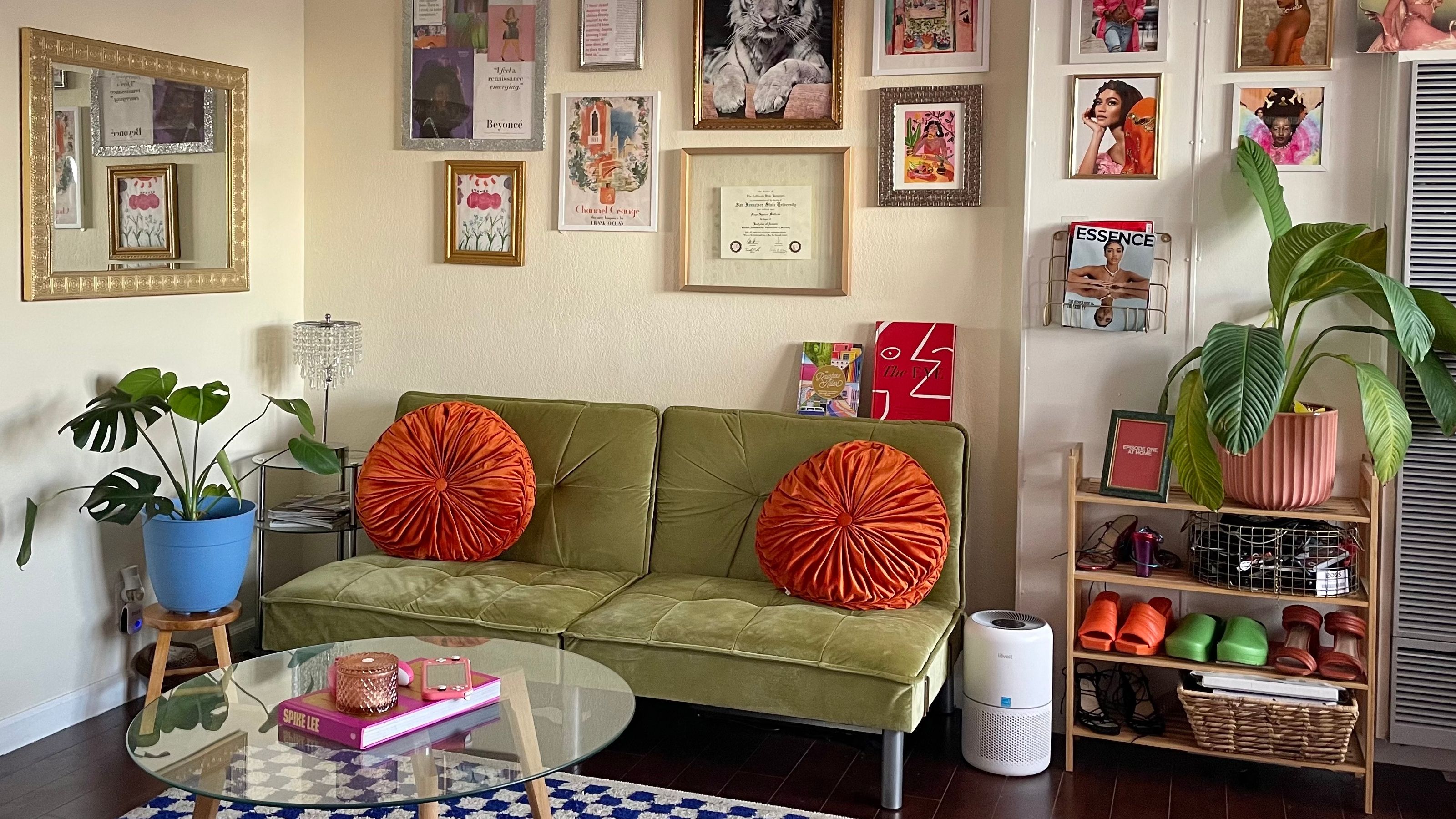 Hang on — decorating white walls just got interesting
Hang on — decorating white walls just got interestingDecorating white walls just became easy with our tips and tricks for a statement gallery wall. Discover our decor tips to take your apartment to the next level.
By Kate Santos Published
-
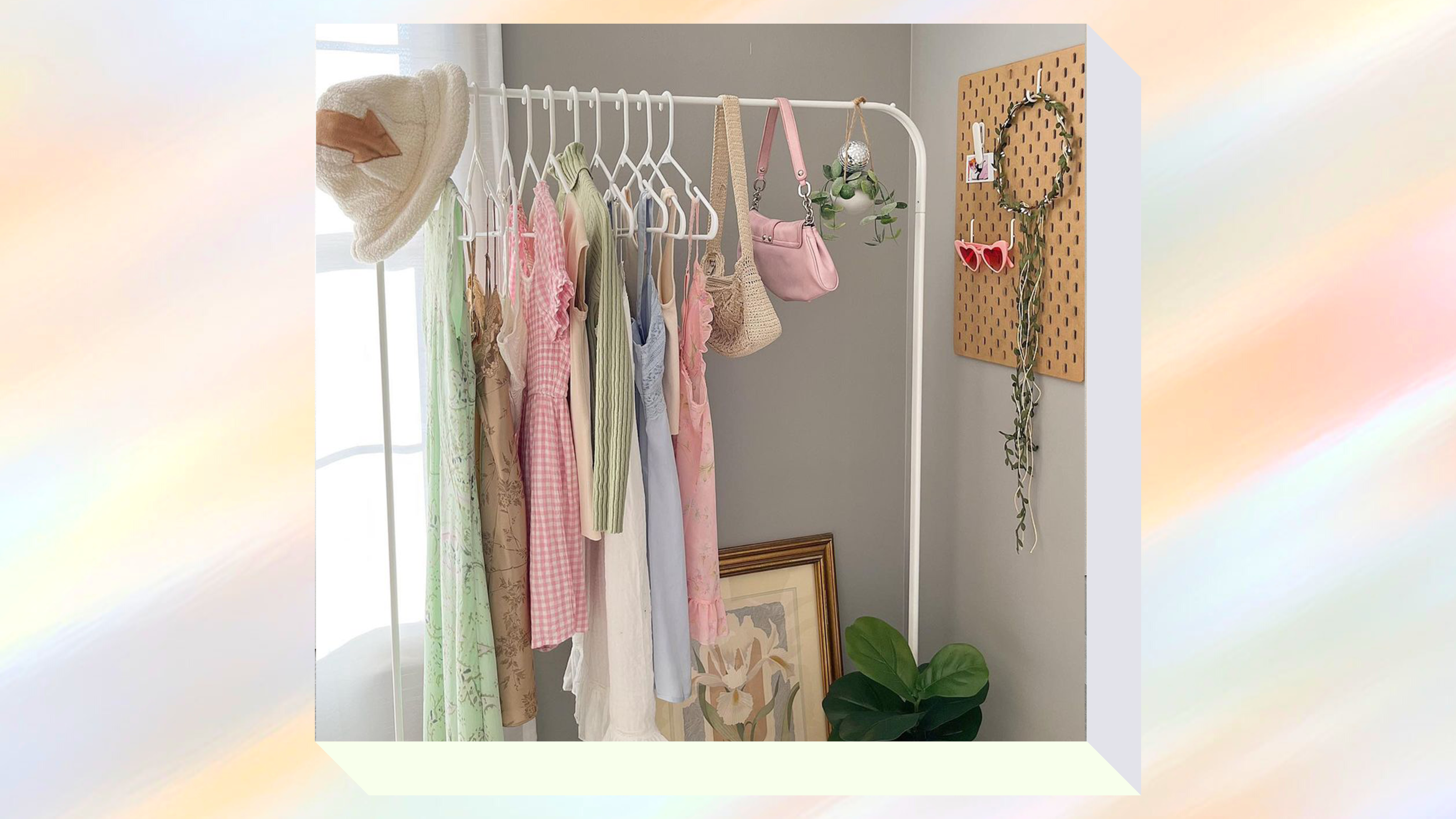 How to make a clothing rack look good with 7 simple techniques
How to make a clothing rack look good with 7 simple techniquesEverything you need to know about how to make a clothing rack look good to achieve your Pinterest dreams with this adorable and affordable furniture piece.
By Nishaa Sharma Published
-
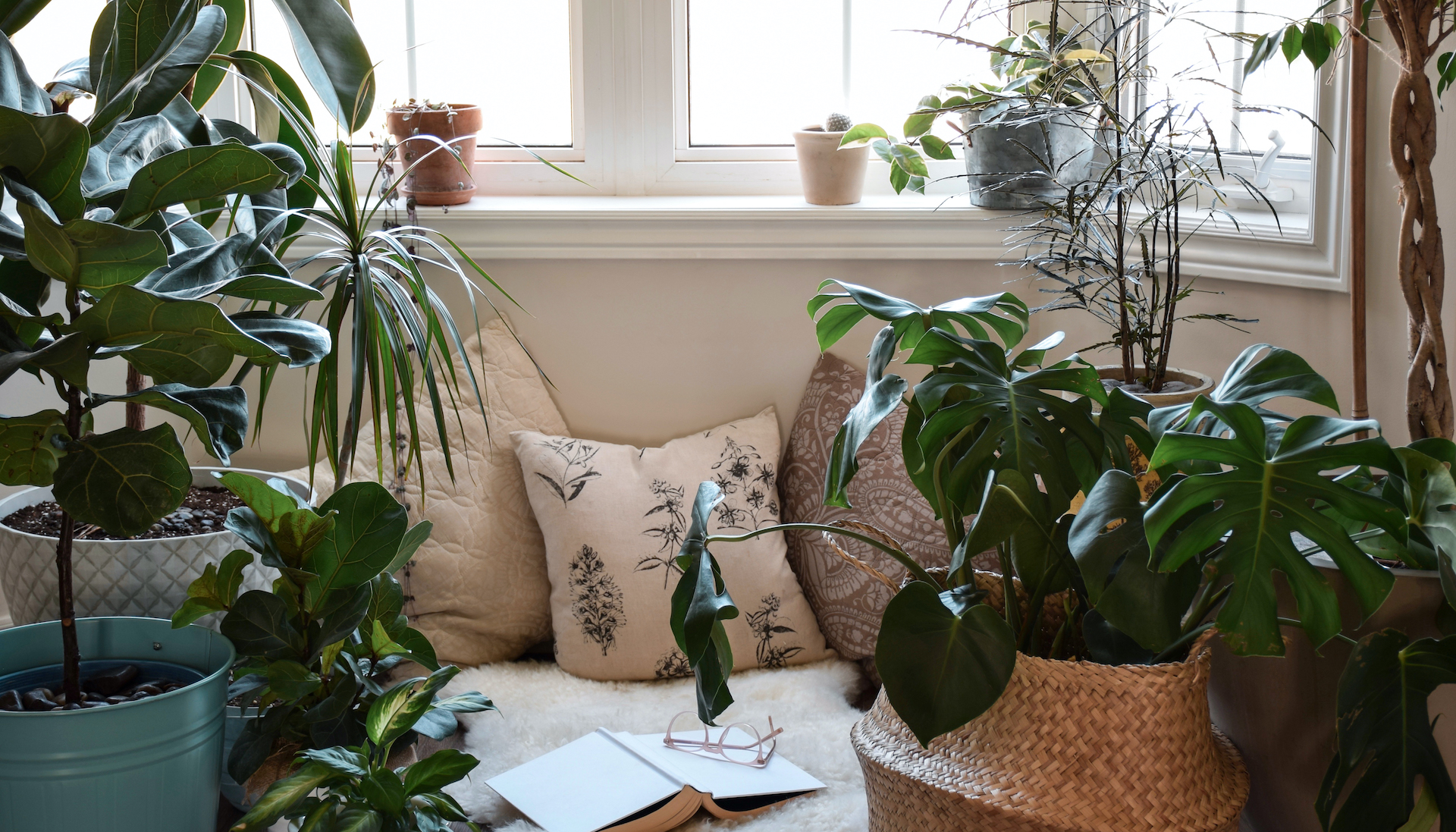 How to style a nook to perfection and upgrade any awkward space
How to style a nook to perfection and upgrade any awkward spaceThese expert-approved ways to style a nook will help you turn any boring, empty space into a cozy place to hang out
By Danielle Valente Published
-
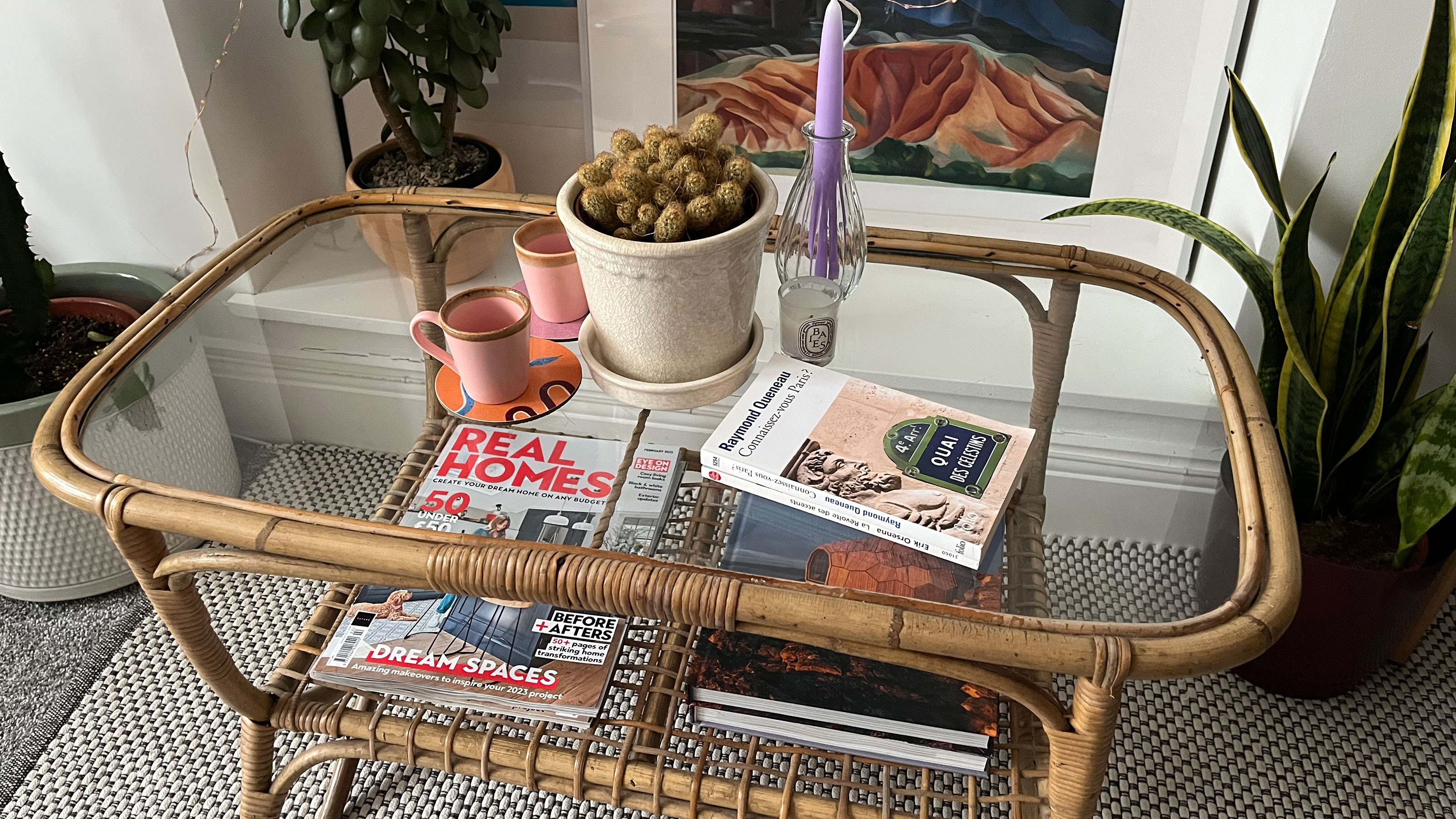 I’m half French, and these are my must-have coffee table decor picks
I’m half French, and these are my must-have coffee table decor picksFrench design is known for its refined, chic look — being half French, here's how I style my coffee table
By Camille Dubuis-Welch Published
-
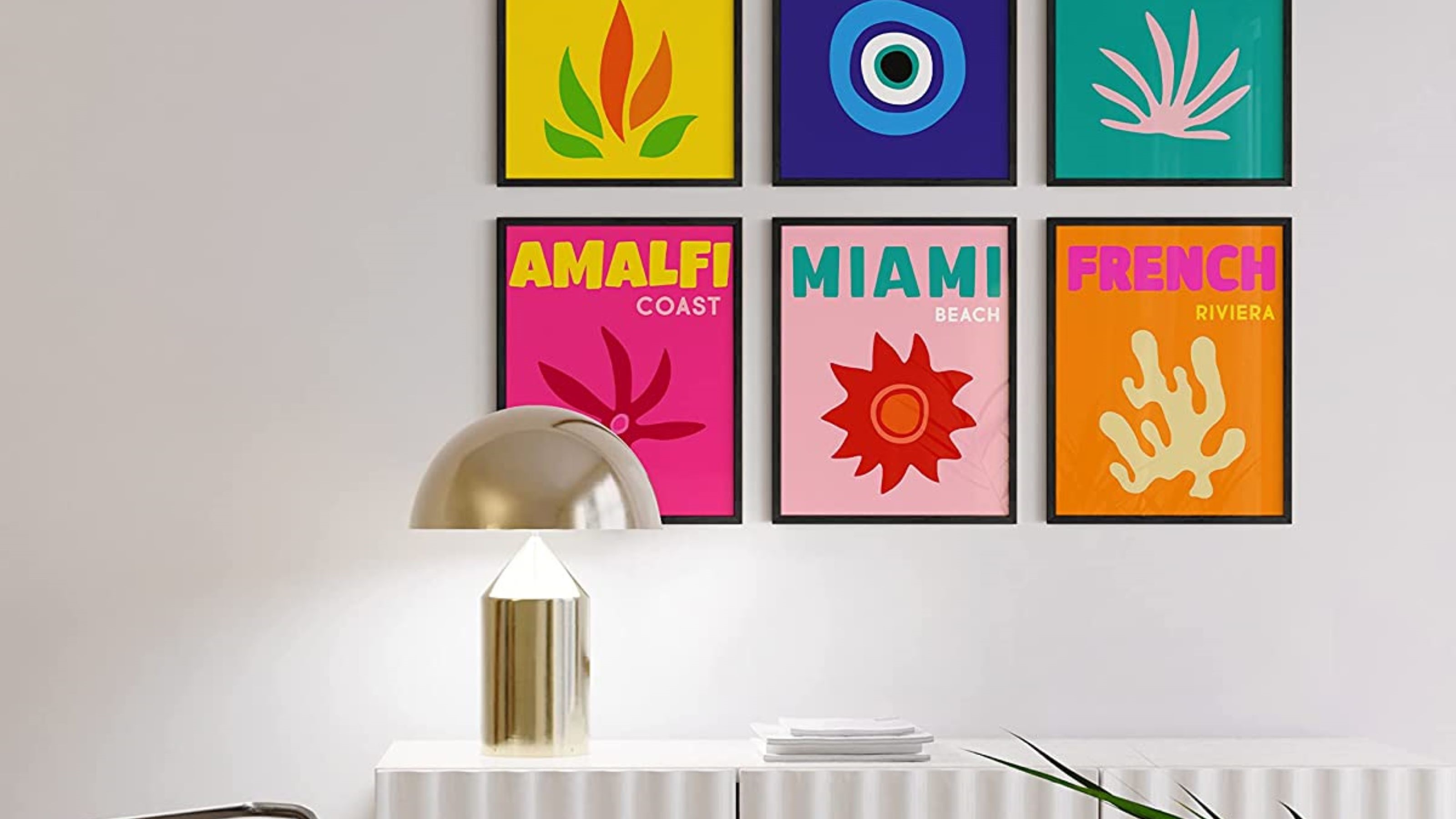 9 colorful decor items that are getting us through January
9 colorful decor items that are getting us through JanuaryThese colorful decor items will help lift your spirits in January and through the rest of winter. Shop colorful rugs, vases, artwork, and lights
By Nishaa Sharma Published
-
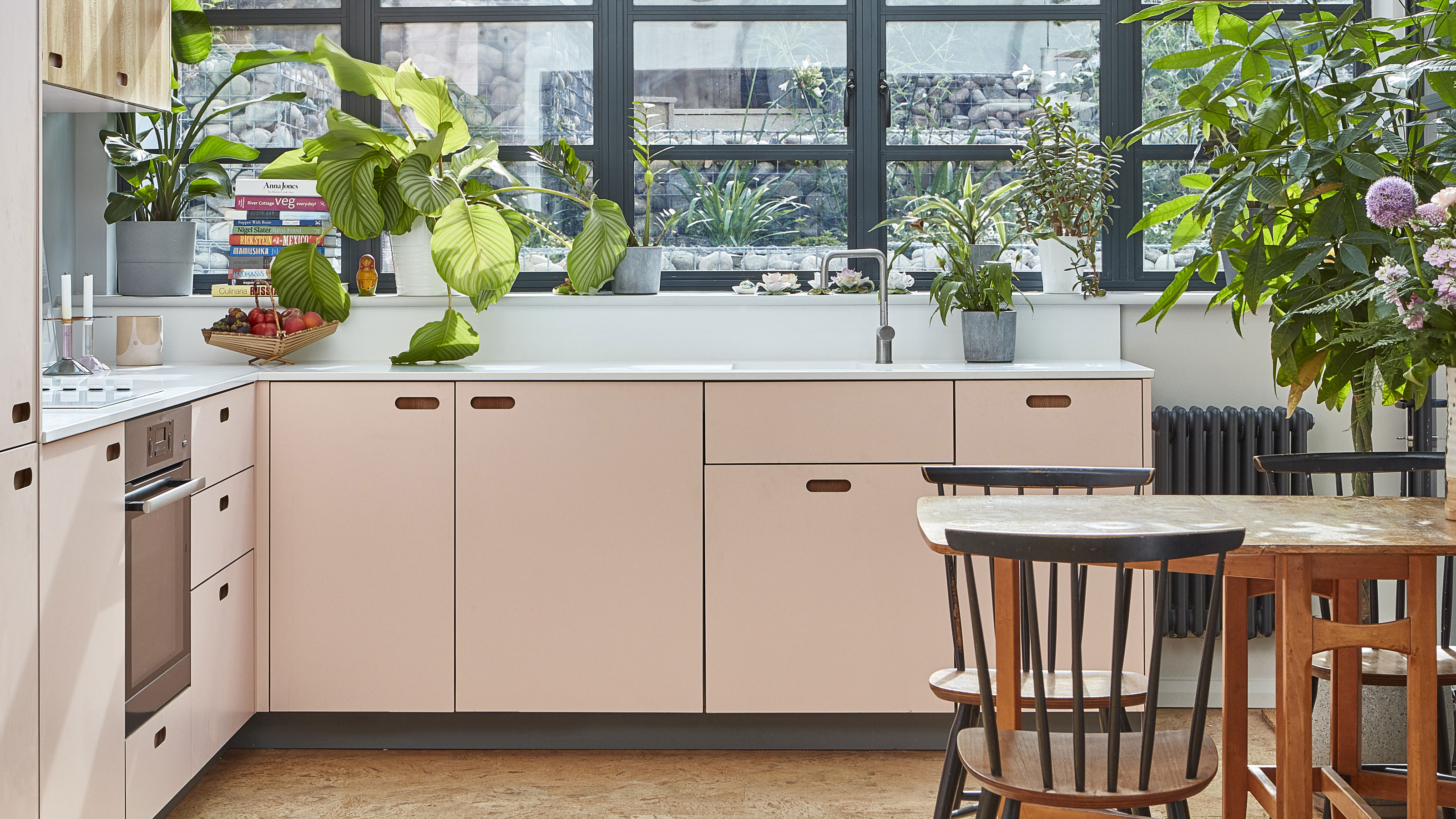 Apartment decorating mistakes you're making and how to fix them
Apartment decorating mistakes you're making and how to fix themDodge these design dilemmas
By Kara Thompson Published
-
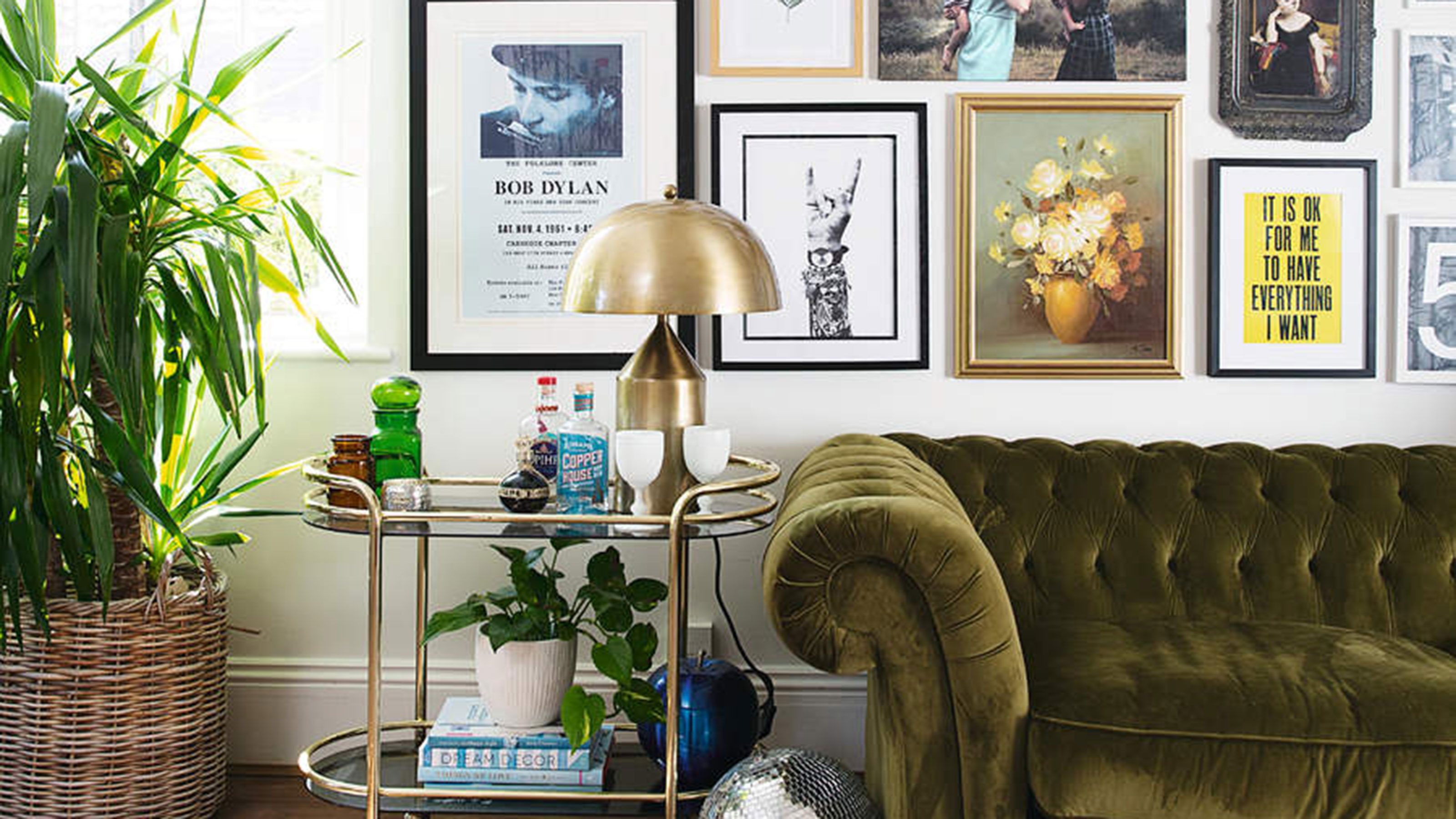 29 gallery wall ideas – ways to beautify your blank spaces and rooms
29 gallery wall ideas – ways to beautify your blank spaces and roomsAdd character to your home with our eye-catching gallery wall ideas – including picture walls and clever nail-free ways to arrange art
By Anna Morley Last updated